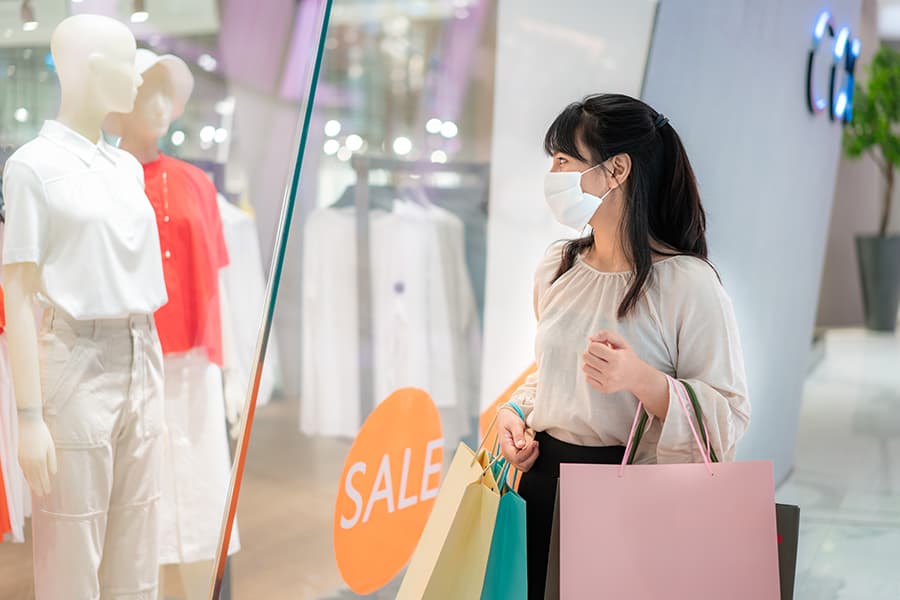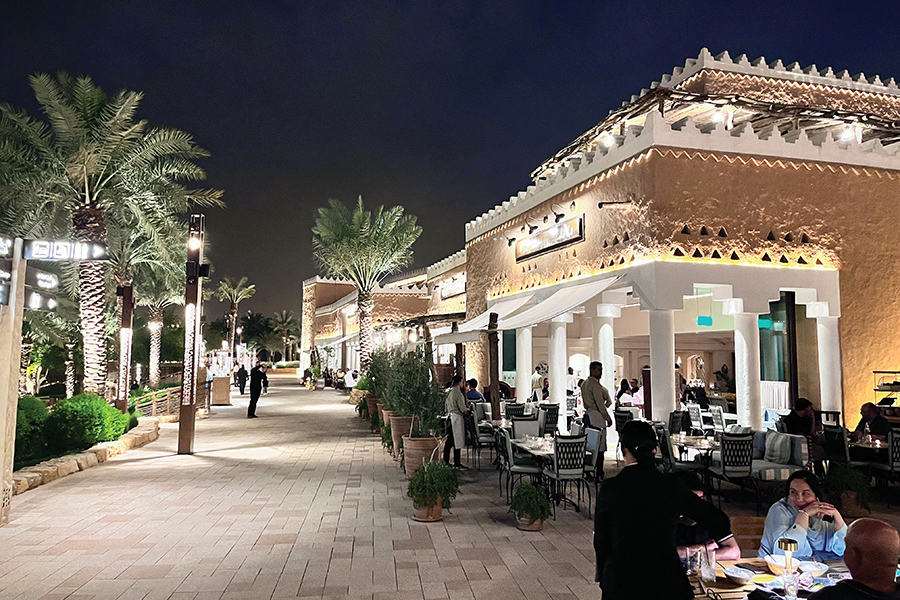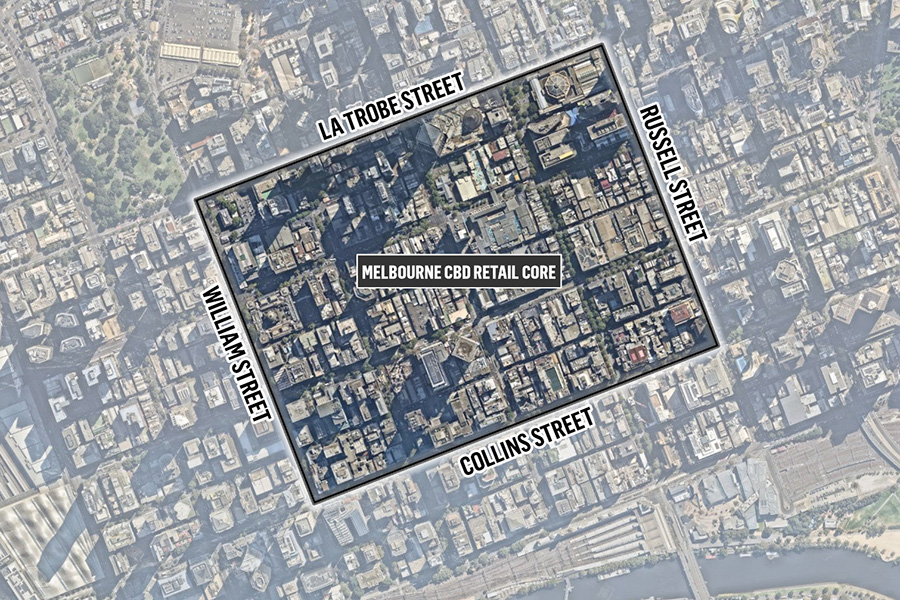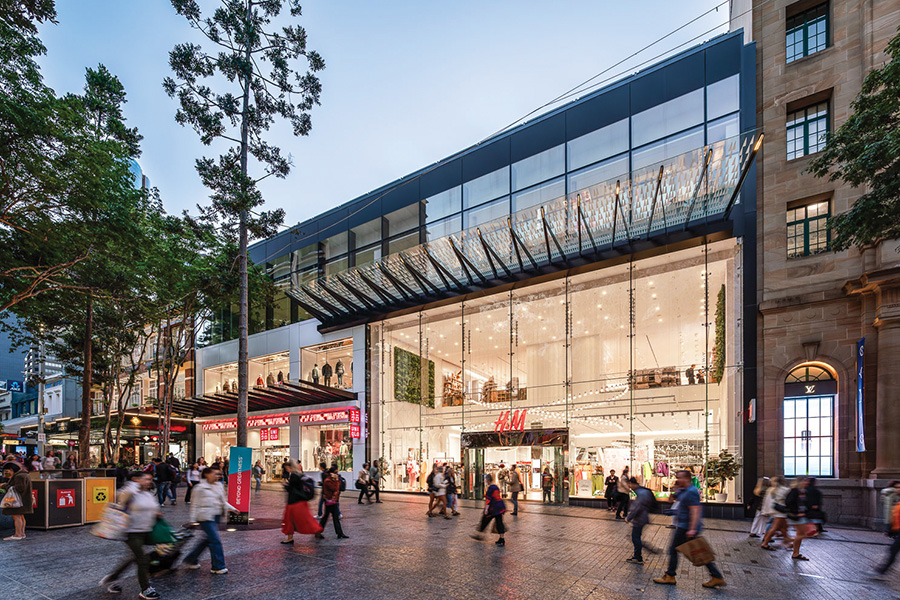A COVID-19 vaccine is on the way. Nothing is absolutely sure as we go to press but the reports are promising – informed opinion is that most of the world’s population could be vaccinated by mid-2022 – perhaps great swathes of it prior to the end of 2021. So, what will the world be like ‘post-pandemic’? An interesting thought because it will never be the same as before.
Perhaps we’ll get used to wearing masks; not just for pandemics but for normal, everyday protection and prevention of a whole range of viruses from the common cold to COVID-19 mutants. Perhaps we’ll become more like Asians who commonly wear masks in their own countries, unlike the west where it used to be somewhat of a rarity. We’ll get accustomed to health checks at airports (just like we did with security procedures); online shopping in certain categories will increase dramatically and holidays at home will reach new dimensions in terms of demand.
So what about shopping centres? More importantly, what about Australian and New Zealand shopping centres?
Regular readers of this page will be well aware of my views on the expertise involved in the development and management of our centres; it’s not just best practice – it’s also leading edge – no other countries in the world reach our combined level. When such expertise is involved, its influence extends far beyond the actual centre. Throughout the years, our industry has contributed to responsible urban planning, meaning it has ultimately regulated and determined the siting of shopping centres across the two countries. Recommendations, involved discussions and joint working sessions with the shopping centre division of BOMA (Building Owners and Management Association), which then morphed into the SCCA division of the Property Council of Australia, have always ensured that in terms of regional, sub-regional and neighbourhood shopping centres, responsible Urban Planning has always been of prime importance to the communities they serve.
All of this has led to the incredibly organised and responsible positioning of our major centres. In all, whether Big, Little or (some of the larger) Mini Gun centres, Australia alone has about 250, serving a population of some 25 million. That’s one major centre per 100,000 people – and if you position them all on a demographic map of the country, you’ll find that they are relatively well positioned. In other words, we don’t have a situation where 200,000 people have no centre within easy reach, while an adjacent region with 200,000, has four!
So, generally speaking, our centres are strategically located, have superb facilities such as major car parking, links to public transport and are within easy reach of their trade area population. They are community focal points, gathering places, public thoroughfares and major commercial centres; they are integral components of community infrastructure. And because of the expertise involved in their management, they are market driven and totally responsive to community demands.
As such, and probably more so than any other commercial entity, they are reflective of societal change; they mirror community sentiment and provide an accurate measurement of the financial wellbeing of the population as a whole. The reality is that they are far too meaningful and simply too important to fail. Whatever happens after COVID-19, however we change, our shopping centres will continue to reflect that change and to change themselves in order to stay relevant.
And that is our challenge. To determine what is relevant, what the public want and in what forms they want to express themselves. Whatever COVID-19 does, whatever it accelerates – online shopping, ecommerce, home holidays, heightened health awareness, social distancing – what it will never do, is eradicate social interaction. Since the emergence of civilised man, irrespective of geographical location, race, religion or creed, retail (then in the form of markets) has always been the most common form of social interaction. Today, in terms of social interaction, the shopping centre is the modern form of retail.
Our shopping centres will change dramatically during the next few years. This issue is full of new thoughts, new directions and new initiatives, all focusing on the new forms of retail and how our centres will incorporate the same. The special feature on ‘Pop Up’ retail is particularly informative. It shows the level of thought (and expertise) given to the topic by some of our major players. It’s great reading.
SCN is hosting an ‘end of year’ lunch in Sydney that will incorporate a panel discussion looking at how our centres will change, post pandemic. The event will be streamed live, free-to-air for our Premium Subscribers; it’s not to be missed.
As it’s the last issue of the year, let me wish you all a great Christmas, a wonderful New Year and a really exciting 2021!























